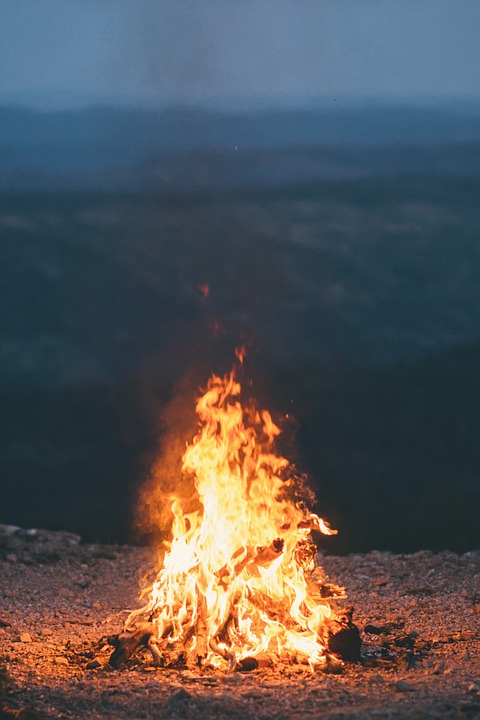Table of Contents
Introduction
Cowboy camping, also known as sleeping under the stars, has become an increasingly popular trend among outdoor enthusiasts in recent years. In contrast to traditional camping setups with tents or hammocks, cowboy camping involves sleeping directly on the ground, under the sky, without any shelter. While it may seem unconventional, there are several reasons why this minimalist approach to camping has gained such popularity.
Night Sky Experience
One of the primary reasons outdoor enthusiasts are drawn to cowboy camping is the unparalleled night sky experience it offers. Without any roof blocking the view, campers can lay back and gaze at the stars, planets, and constellations, immersing themselves in the vastness of the universe. This connection with nature and the awe-inspiring beauty of the night sky is a captivating experience that many seek when venturing into the wilderness.
Simplicity and Freedom
Another factor contributing to the popularity of cowboy camping is the simplicity and freedom it provides. With no need to set up and take down tents or hammocks, campers can save time and effort, allowing them to focus on other outdoor activities such as hiking, fishing, or simply enjoying the surrounding nature. Cowboy camping is an escape from the hustle and bustle of modern life, providing a sense of freedom and a return to basics.
Connection with Nature
Cowboy camping offers a unique opportunity to connect deeply with nature. By sleeping directly on the ground, campers experience the subtle sounds of nature, like rustling leaves, chirping crickets, and gentle breezes. They can awaken to the songs of birds and witness the gradual change from night to day. This immersive experience enhances the bond between humans and the natural world, fostering a sense of harmony and tranquility.
Minimal Environmental Impact
An essential aspect of cowboy camping is its minimal environmental impact. Unlike traditional camping setups, which may require clearing areas for tent placement, cowboy camping is the ultimate Leave No Trace practice. Without any physical structure, campers leave the landscape untouched, preserving the natural beauty for future generations. This environmentally conscious approach has gained appreciation among outdoor enthusiasts who prioritize sustainability and conservation.
Sense of Adventure
Cowboy camping appeals to those seeking a sense of adventure and a break from conventional camping norms. It offers the chance to challenge oneself and embrace the unpredictability of the wilderness. Camping under the stars opens up opportunities for unexpected encounters with wildlife, unique meteorological phenomena, and the discovery of hidden gems far from established campgrounds. This sense of adventure fuels the growing interest in cowboy camping among thrill-seekers.
FAQs
Is it safe to sleep without any shelter?
Cowboy camping can be safe if certain precautions are taken. Before attempting to sleep without any shelter, it is advisable to check weather conditions and choose a location away from potential hazards like falling branches or flash flood areas. Additionally, using a groundsheet or a sleeping pad can provide some protection against moisture and cold from the ground.
What about protection from bugs and insects?
Bugs and insects can be a concern when cowboy camping, especially in areas with high mosquito populations. Campers can use bug repellents, wear protective clothing, or employ mesh netting to prevent insect bites during the night. Choosing camping locations away from standing water or known insect habitats can also minimize encounters with bugs.
Does cowboy camping require any specific gear?
Cowboy camping doesn’t necessarily require any specific gear beyond the usual camping essentials like a sleeping bag, sleeping pad, and appropriate clothing. However, campers may choose to bring a lightweight tarp or bivy sack for added protection against unexpected rain or dew.
What should I consider when choosing a cowboy camping location?
When selecting a cowboy camping location, it is important to consider factors such as ground composition (avoid rocky or sloping terrain), potential hazards (falling branches, flash flood areas), proximity to water sources, and local regulations. Camping on durable surfaces like sand or gravel can minimize your impact on the environment.




